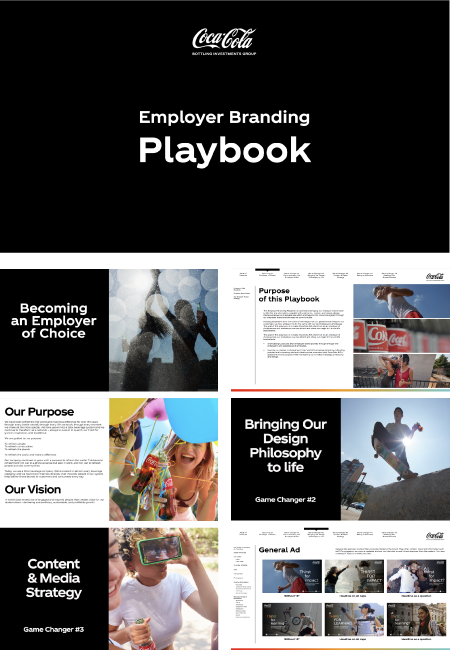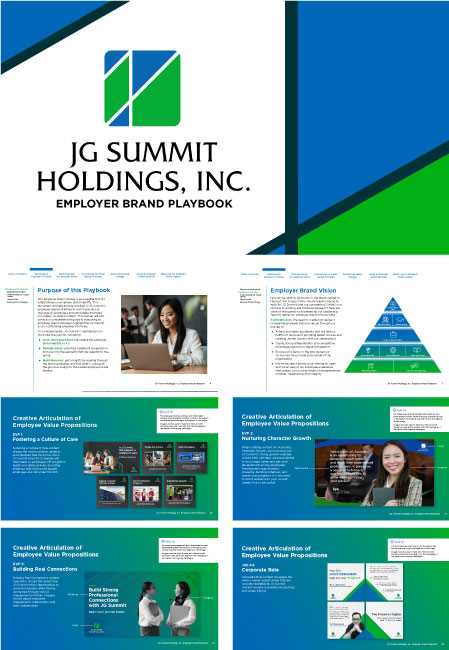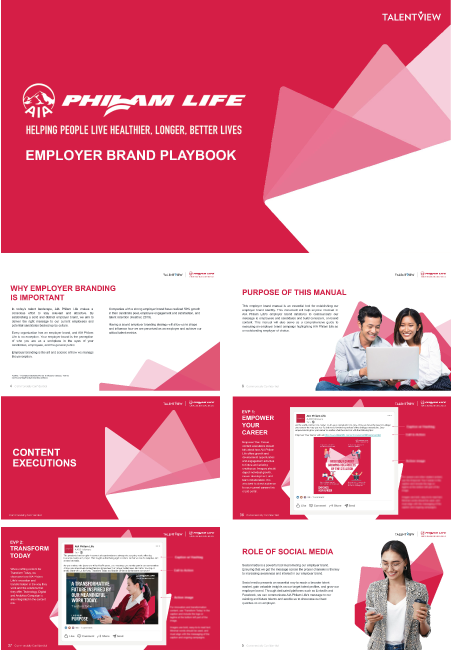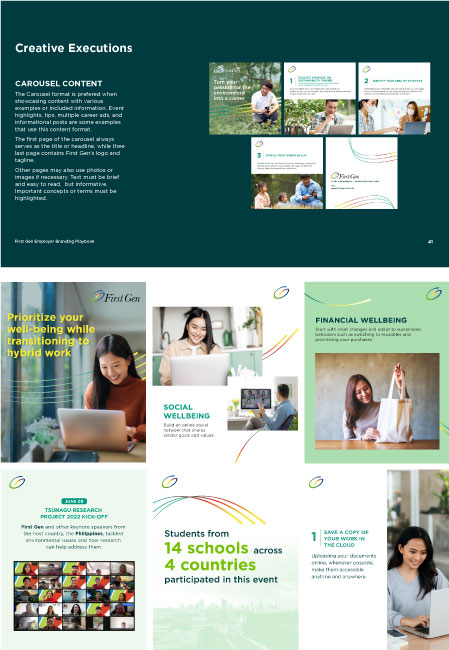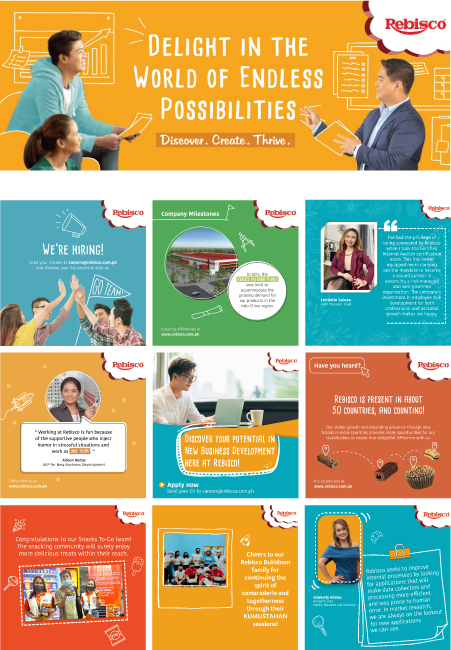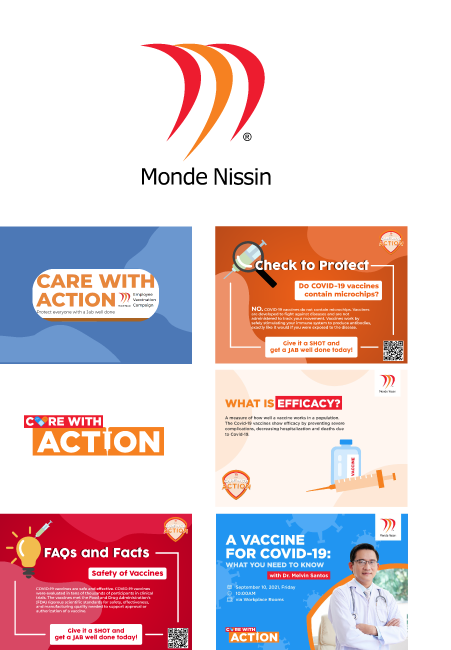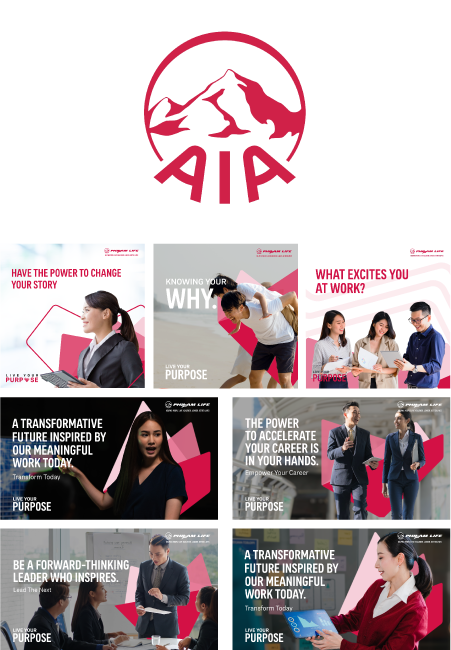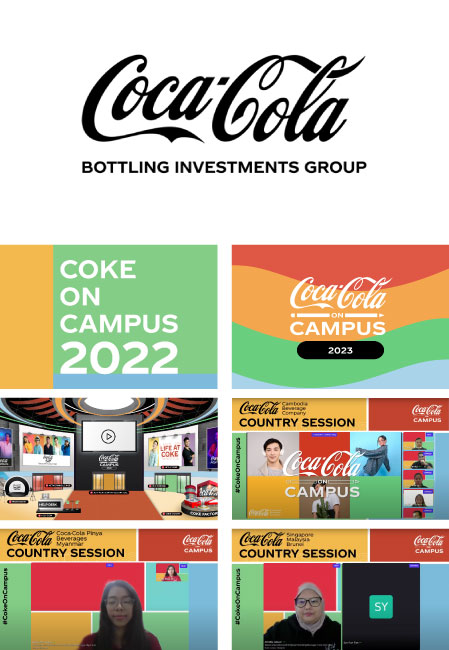WHAT IS IMMERSIVE LEARNING? - AN INTRODUCTION TO LEARNING IN THE METAVERSE
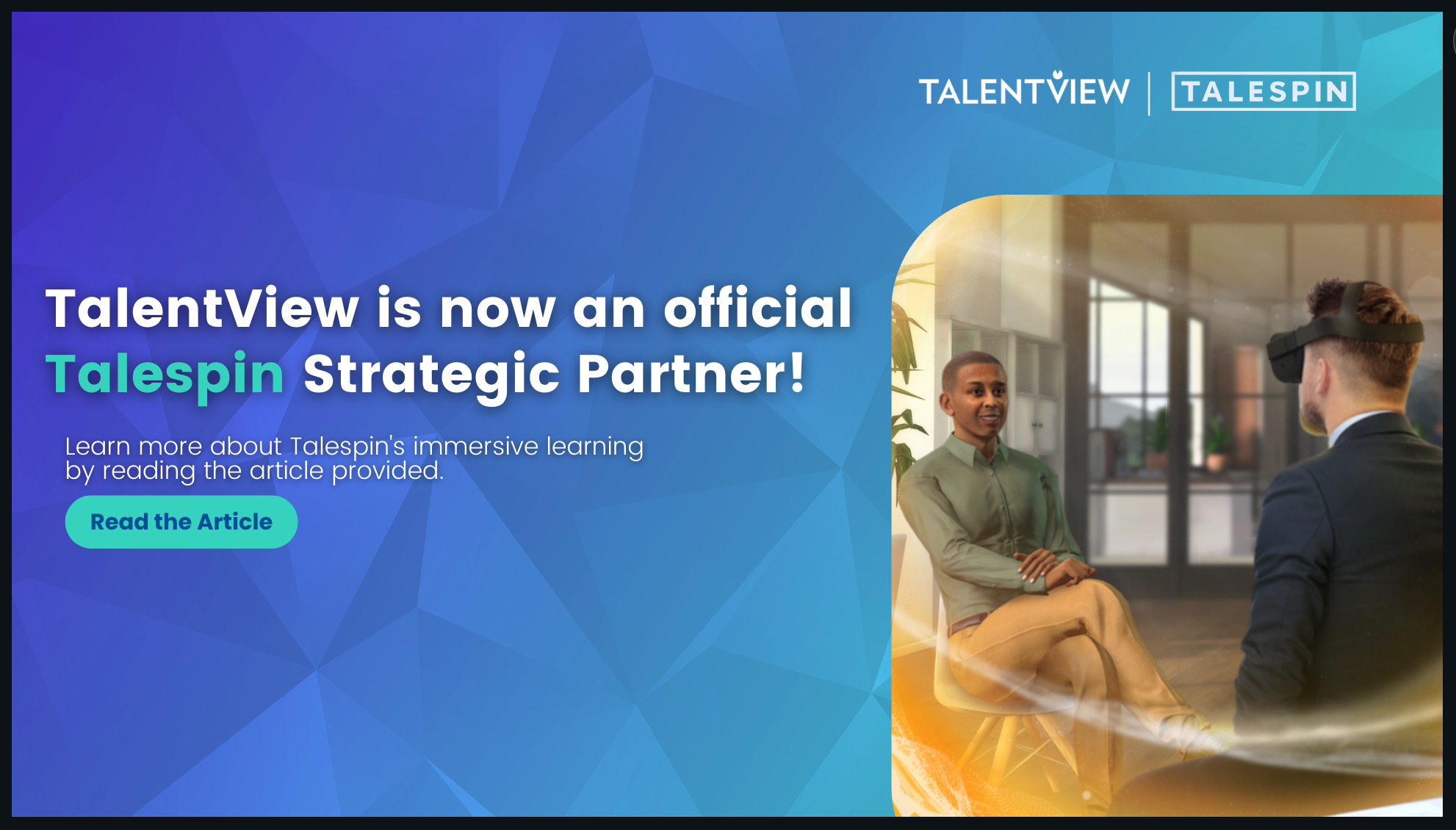
What is Immersive Learning?
According to Training Industry, immersive learning provides individuals with an "interactive learning environment, either physically or virtually, to replicate possible scenarios or to teach particular skills or techniques. Simulations, role play, and virtual learning environments can be considered immersive learning."
Accenture's definition states: “Immersive learning, an advanced form of active learning, uses technology to create fully simulated environments where learners interact with the experience—as close to the “real world” as you can get.”
No matter the exact definition you find, the key aspects of immersive learning include offering learners a higher level of engagement, realistic experience, the opportunity to practice and apply skills, and yes, immersion, when it comes to learning new subject matter and skills development.
Immersive Learning in the Physical World
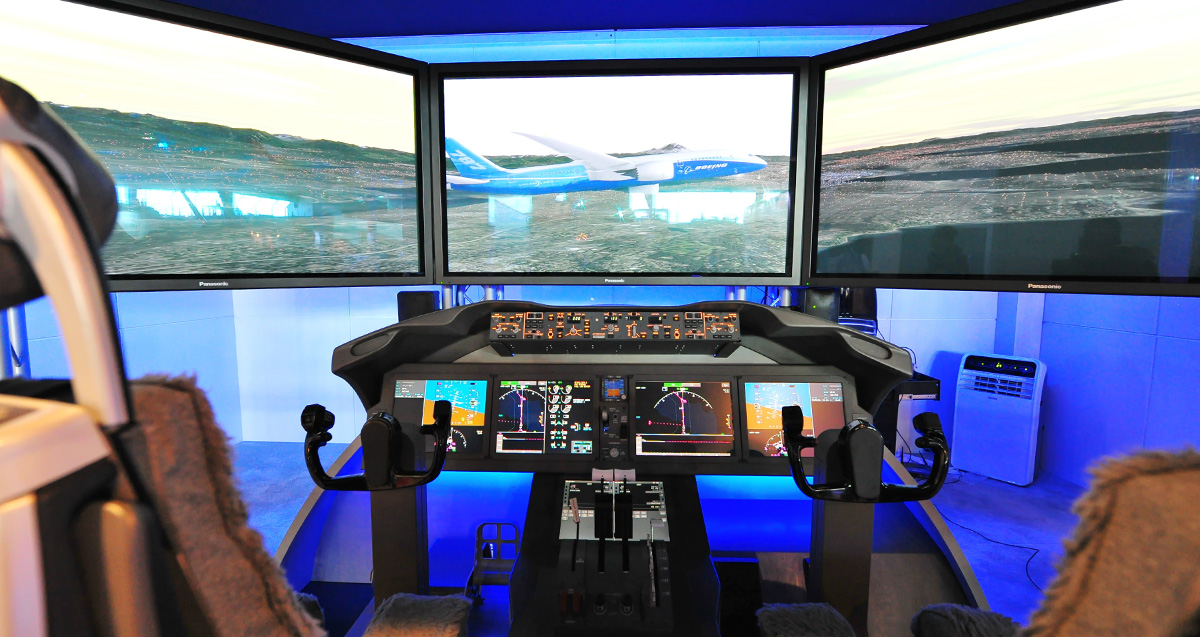
Humans have always relied on immersive learning to master skills. It's the reason why firefighters have fire training structures to learn how to navigate real-life situations. It's why NASA does parabolic flights – where airplanes take steep dives in order to create the weightless environment their astronauts will experience in space. And it’s the same reason role play is a staple for learning and development organizations across the world. By enabling people to take what they’ve learned and put it into practice and application, they get to simulate what it’s like to perform tasks and navigate situations, gaining invaluable experience for when the time comes to perform those tasks for real.
There are tremendous learning benefits to staging simulations in the real world, but there are downsides as well. Even in a staged fire, there is still the inherent risk of running into a fire. It's expensive and wasteful for NASA to burn fuel during these parabolic flights. Role play for difficult conversations can lack realism, and isn’t scalable. In other words, creating immersive simulations in the physical world has challenges and limitations, making it difficult to reap the aforementioned benefits. But what if we could deliver the benefits of simulated experiences another way, without those limitations?
Immersive Learning in the Physical World
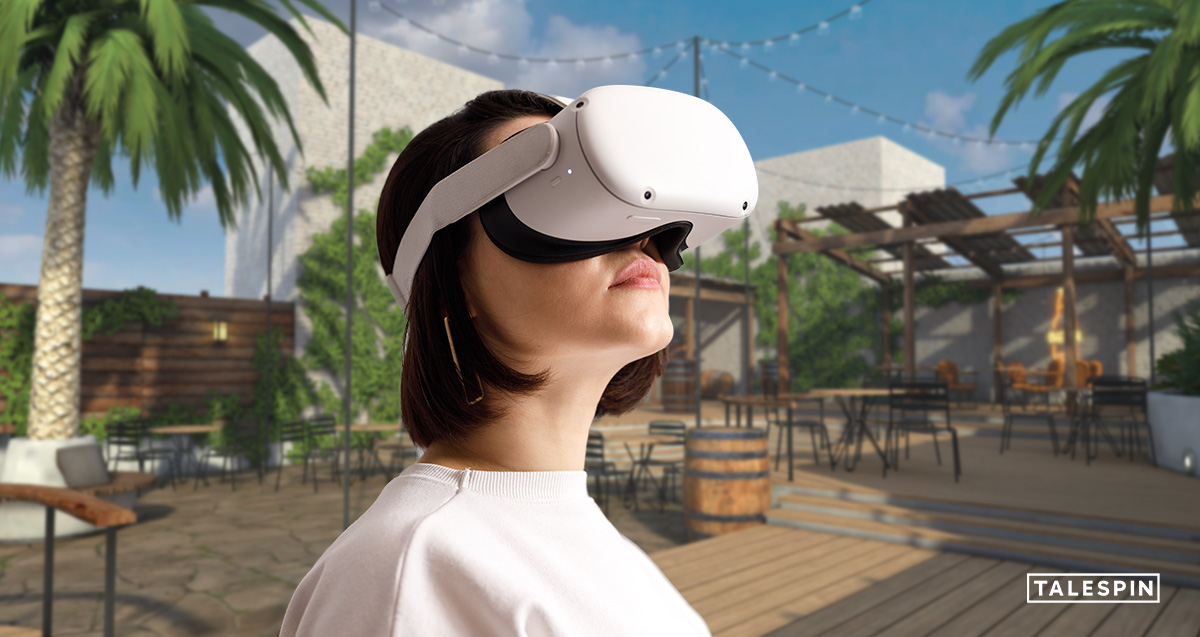
A better way to offer learners immersive simulations exists - creating these experiences using extended reality (XR) technologies like virtual and augmented reality – that provides the realism and benefits of immersive learning without the cost, limitations, or risk. NASA’s pilots can practice simulations of their training in the virtual environments of the Metaverse an infinite number of times, while firefighters can get tremendous experience without hazards in a safe virtual environment, and employees can practice role play with virtual characters. XR technology can be used to realistically simulate virtually any environment or task, opening up a new world of possibilities for learning.
In immersive learning simulations, learners use an XR headset, or 2D desktop devices to enter a virtual environment where they are presented with digital twins, or virtual versions, of elements from the physical world. This includes everything from virtual versions of tools to virtual human avatars representing people. These experiences gamify skills development, making it more engaging (see more on efficacy below), and adding fun features typically found in games like game mechanics, scoring, avatars, and 3D graphics.
When it comes to immersive learning content, learning designers are able to create simulations for just about any learning goal, and thanks to the technology of the Metaverse, can set learning experiences to take place in any virtual environment, no matter how challenging it would be to recreate that environment in the real world.
Why Immersive Training Simulations Work
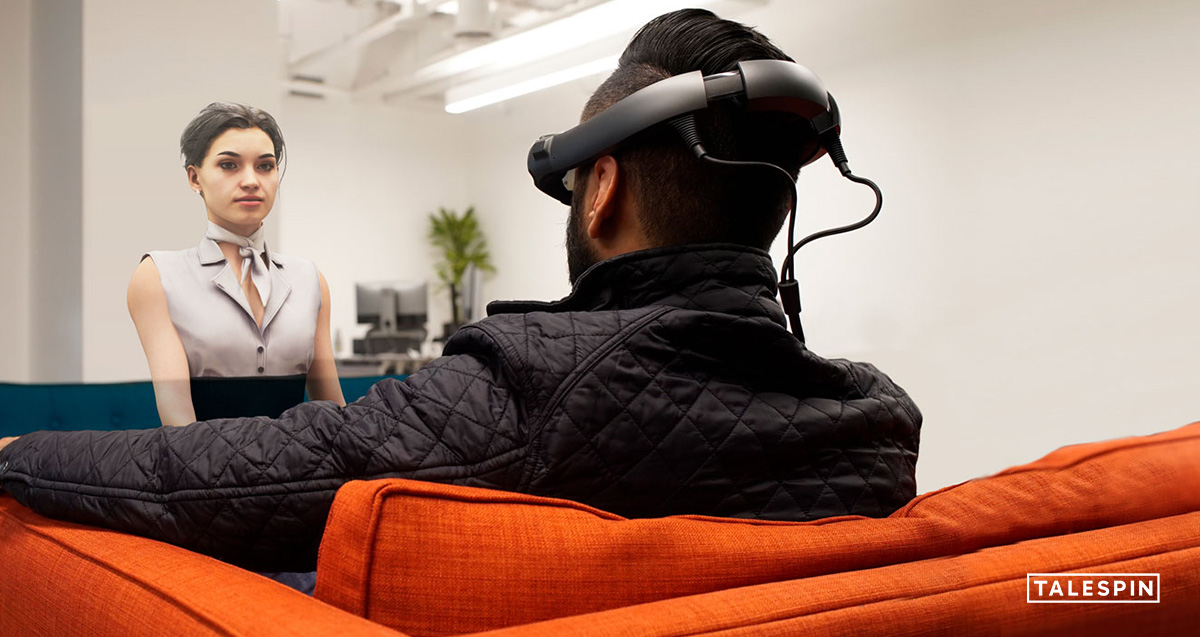
The realistic nature of virtual environments and the simulations that take place within them make immersive learning engaging and impactful. This impact is described in academic research as the ‘immersion principle,’ or the idea that people learn better with immersive media content than they do with less immersive media. When consuming immersive content, learners experience a high degree of realism and interactivity - whether it be engaging in a simulated conversation with a virtual character, practicing assembling a piece of virtual equipment, or another simulated training experience.
The strong sense of presence that these simulations create increases “knowing” over “remembering” and taps into the learners’ real-life cognition. Higher levels of presence have been associated with better factual memory recall and increased episodic memory - the memory of personally experienced events. Learners are able to recall memories of their learning experience and relive them in the moment as the protagonist of a scene they were in, increasing the strength of the memory and retention of their learning. In other words, the experiences learners have in XR simulations produce real memories, and in turn, foster the development of real knowledge and skills.
Efficacy and Impact of Immersive Learning
The theory behind immersive learning methodologies has been further proven in recent years as organizations across the globe deploy XR technology for different learning goals and examine its results. Realizing the impact that immersive learning can have as a skills development medium can’t come soon enough, as global workforce trends point to the need to introduce new and improved learning methodologies.
The Need for Immersive Learning
There's been a problem brewing for years with corporate training. As skills gaps have increased, organizations need to upskill, reskill, and hire talent at volume in order to develop workforces adaptable enough to keep pace with the transformation of their businesses. Factors like the COVID-19 pandemic and technology adoption have exacerbated these issues, as companies navigate hybrid models for work, and in some cases, entire workforces have started working remotely.
Despite these apparent skills gaps, studies have shown that current training methods are ineffective. Accenture found that learners forget 70% of training content within 24 hours and nearly 90% in a month. There's a reason why 90% of executives surveyed by Accenture also say employee training needs to be reimagined.
At the same time, the Great Resignation is taking place. Companies need ways to more effectively train employees, and to recreate their culture in a virtual world - many new employees have never met their colleagues in the real-world. This goes beyond video conferencing: research shows – as we'll see in the next section – that immersive learning is much more engaging and effective than video training and other types of programming. While remote work gains more traction and is widely adopted, the Metaverse is a perfect avenue to ensure efficient employee onboarding and impactful training, while creating a tangible company culture in a remote world.
Immersive Learning Efficacy
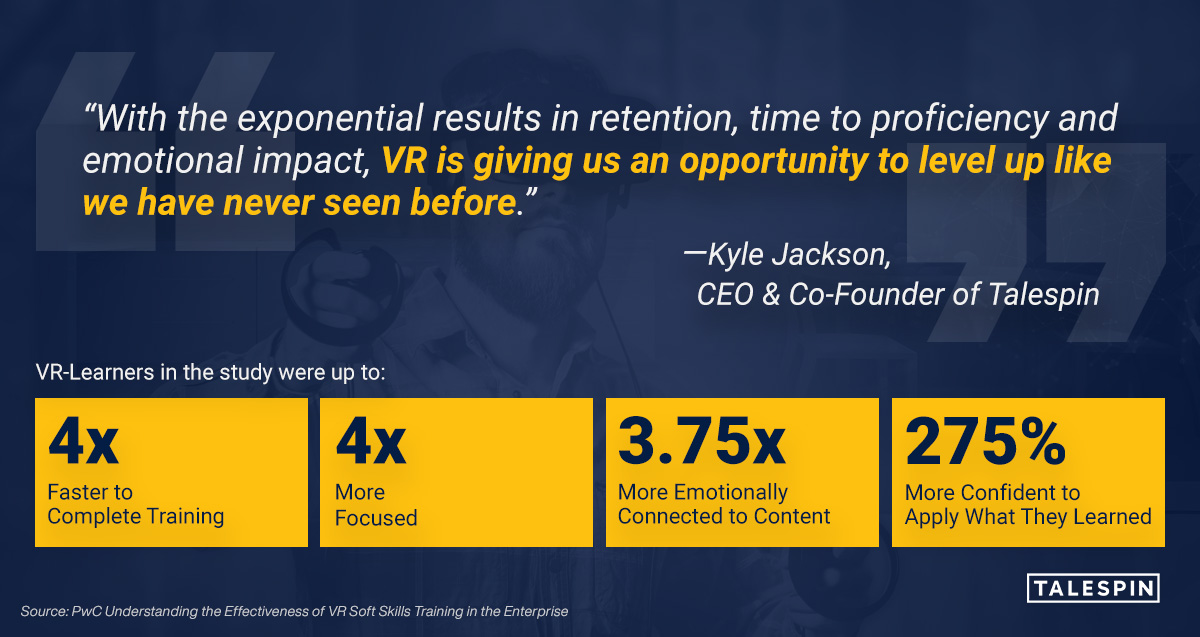
Another big 4 firm, PwC, conducted its own survey looking at the efficacy of different training methods and the results were eye-opening. PwC’s VR soft skills training study found that "learners trained with VR were up to 275% more confident to act on what they learned after training — a 40% improvement over classroom and 35% improvement over e-learn training."
The study also found:
- VR learners required less time to learn: VR-trained employees completed training up to 4x faster than classroom learners, and 1.5x faster than e-learners.
- VR learners demonstrated higher confidence in what they learned: VR-trained employees were 275% more confident to act on what they learned after training - a 40% improvement over classroom learners, and a 35% improvement over e-learners.
- VR learners had a stronger emotional connection to training content: VR-trained employees felt an emotional connection to training content that was 3.75x greater than classroom learners, and 2.3x greater than e-learners.
- VR learners were more focused: VR-trained employees were 4x more focused during training than their e-learning peers, and 1.5x more focused than classroom learners.
PwC suggests that some of the reasons VR may be more effective than e-learning is that today's learners have more distractions than ever - other open tabs, their smartphones, getting pinged on work messaging platforms. Because immersive learning is just that – immersive – learners are more focused, engaged, and not distracted.
The Benefits of Immersive Learning
The benefits of immersive learning go beyond the learners’ experience. VR learning also greatly increases the impact talent development teams are able to affect in their functions. Talent development teams are able to spend less time on administering training and onboarding, freeing them up to do more impactful, strategic work as they design the talent programs that will carry their organizations forward through business transformation. Immersive learning is also a better investment at scale, PwC found, with companies seeing up to 52% higher cost effectiveness than e-learning training.
In a broader context, Accenture found six main benefits of immersive learning. Immersive learning delivers the ability to:
- Mirror real-life situations
- Remove distance barriers between people and job sites
- Reduce operational costs
- Allow workers to learn through mistakes
- Increase learner engagement
- Provide better analytics on user behavior
These benefits could make us all better workers – but also make our companies better places to work. Some organizations are even leveraging immersive learning to bring about a more inclusive work environment and diverse workforce. These exercises work to make learners aware of discrimination, uncover implicit biases, and foster empathy toward colleagues.
We're just scratching the surface when it comes to harnessing the power of immersive learning.
Real-Time Feedback and Skills Assessment
The reason immersive learning’s efficacy is tangible is that it delivers detailed and accurate data on a learner’s performance, as well as historic data about a learner’s skills development journey. This is made possible thanks to XR technology, which offers a higher level of interactivity than other learning modalities, and the ability to collect data on a learner’s interactions and performance while using the technology. A rich data set is created when a learner completes an immersive learning module, enabling talent development teams to capture data that goes far beyond a completion statement for a particular module, or piece of learning content.
Examples of data that can be collected from XR learning platforms include tracking decisions made at key decision points within a simulation, a user’s movement within a 3D environment, head movements while wearing an XR headset, and eye tracking, or gaze analysis to examine where users focus during a simulation. This type of data can be utilized to assess and validate specific skills based on a learner’s decisions and actions within a learning simulation.
For example, a learning module focused on simulating a performance feedback conversation will require learners to exhibit skills like delivering constructive feedback, conflict resolution, and managing difficult conversations. Different decision points within the learning module will require the use of these skills, and based on how the learner handles various decisions in the virtual role play conversation, those skills will be measured. These decision points are opportunities for learners to receive feedback so they can adapt their behavior, and also serve as opportunities for talent development teams to collect skills data to measure skills, and inform talent development programs.
Overview of Immersive Learning Use Cases
Because of its versatility and proven impact, many companies are already taking advantage of immersive learning for a variety of training use cases. These use cases typically fall into two broad categories:
- Immersive soft skills training: Where learners use virtual reality or augmented reality to practice conversational skills with virtual characters representative of colleagues and customers
- Immersive hard skills training: Where learners use virtual reality or augmented reality for object-based learning, or to practice processes and complex tasks that may be difficult to realistically simulate in the real world

TalentView is a leading employer branding firm with a mission of elevating human capital standards across the ASEAN region. Working directly with business leaders in Fortune 1000 companies,TalentView’s solutions help create and maintain exceptional experiences to attract, engage and retain their talent. Partnering with key global players including Workplace from Meta, The Bot Platform, Talegent, Indeed, Glassdoor, and Hootsuite.
Copyright © TalentView Asia, 2023 | Privacy Policy




